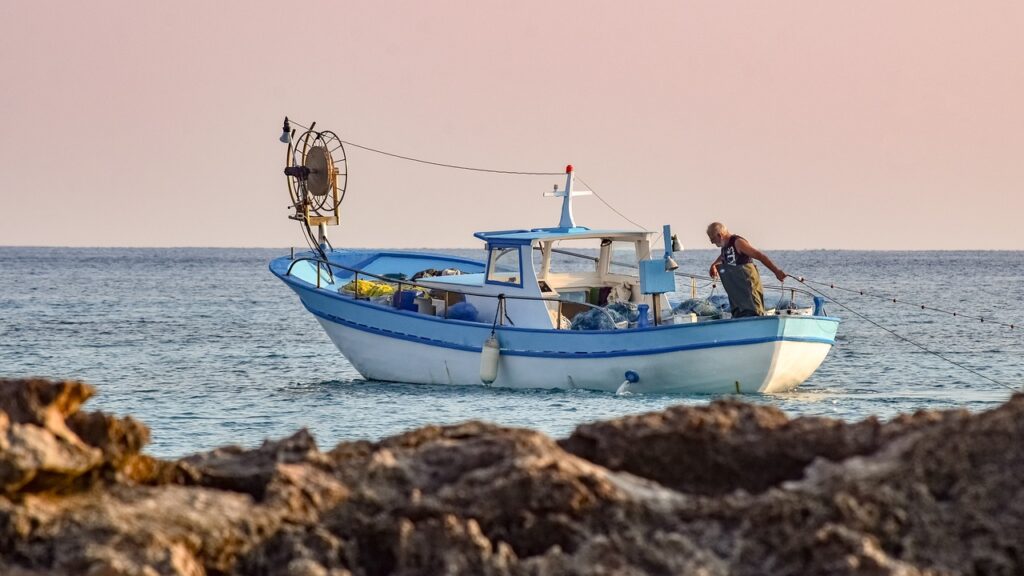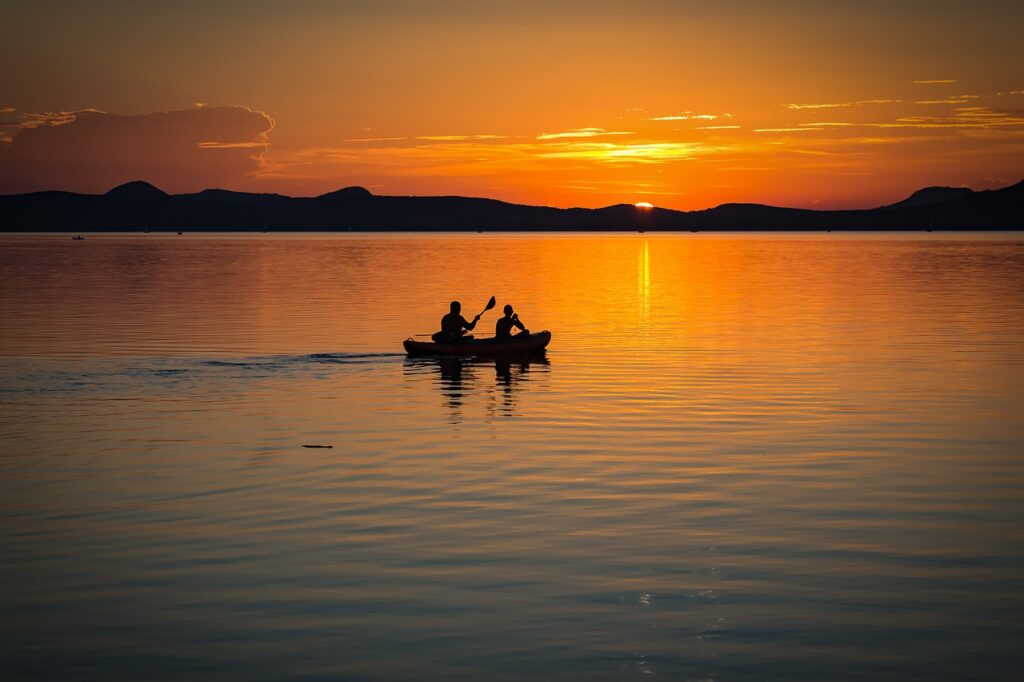Guideline
The overall guideline is to utilize a degree (the proportion of rode length to water profundity) of 7:1 in quiet circumstances. Mooring is in excess of a straightforward undertaking; it's an essential component of drifting security. An appropriately secured boat will remain set up in spite of wind, current, or flowing changes. Here are the critical parts of securing that each boater ought to comprehend: At the point when the weather conditions is quiet and the water is as yet, securing is moderately direct



